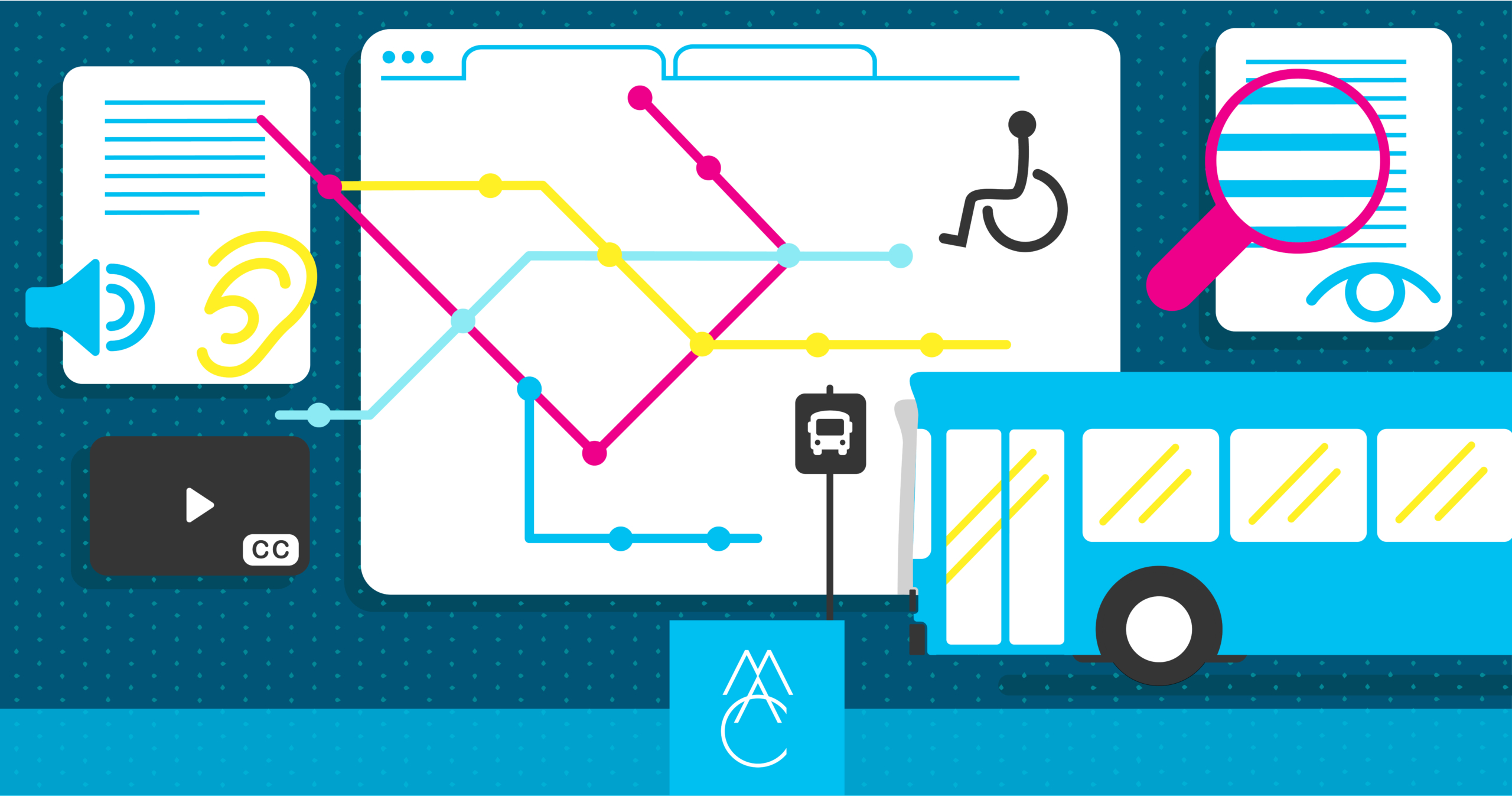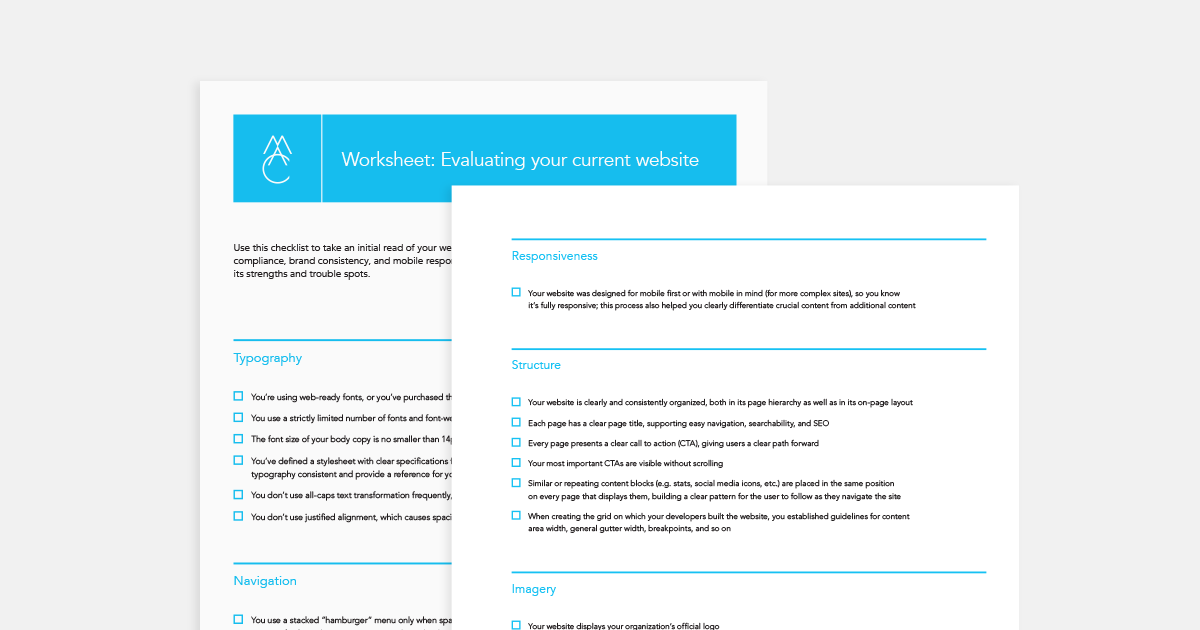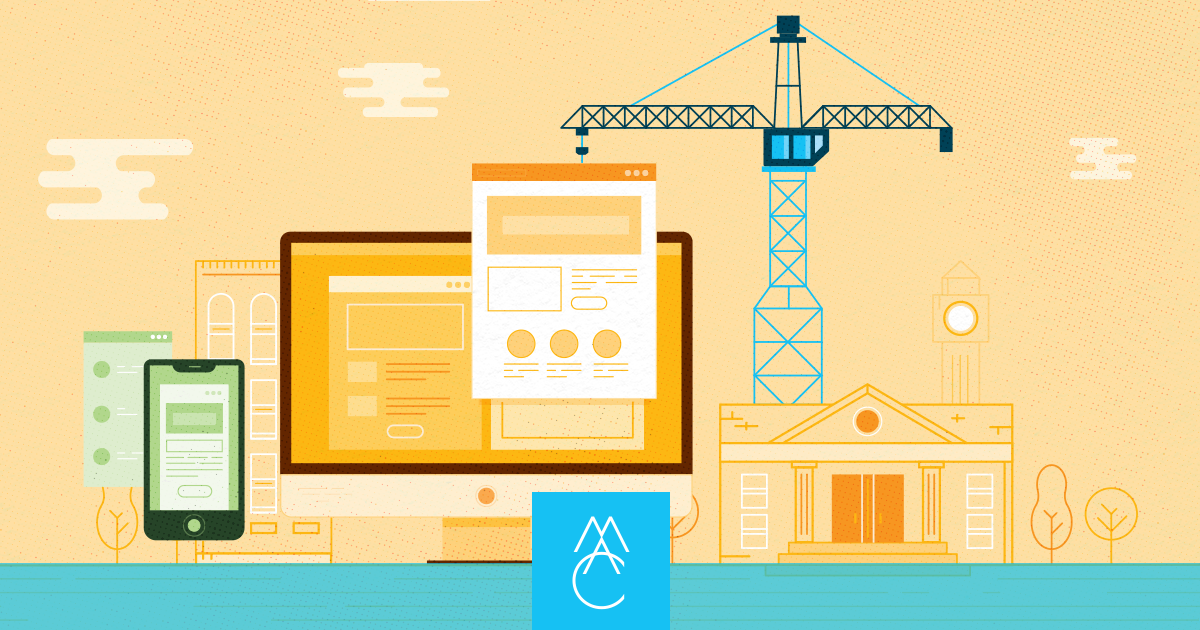
How to Build an Accessible Public Transit Website
If you work in public transportation, it’s likely you’re no stranger to the concept of accessibility standards. With 97% of urban bus stations in the United States being ADA compliant as of 2020, society has made significant strides towards inclusivity when it comes to the physical element of transit. The vast majority of people have no issue riding the bus, train, or subway thanks to these considerations. Yet, in the virtual sphere, the reality is less than promising: in 2023, a staggering 97.4% of websites remain inaccessible to people with disabilities.
What does this look like in real life? People with differing disabilities may be unable to find the right station or terminal for their next ride, or not know when their bus will arrive or depart. Imagine missed job interviews, kids stuck at daycare, and family in need going unassisted. Without accessible technology, transportation can become a nightmare for many.
As you can tell, accessibility is not just a courtesy, it’s a necessity, because this isn’t a fringe issue—in the U.S., one in four adults lives with some type of disability. These range from mobility issues and cognitive difficulties to hearing, vision, and independent living disabilities. Accessibility on the internet shouldn’t be an afterthought for your organization, but a fundamental consideration—especially with a public service as universal as public transit, upon which many people with disabilities rely as they are unable to drive. In fact, if your organization is receiving federal funding, you are required by law to have an accessible website.
The golden standard (and legal precedent) for online accessibility is the Web Content Accessibility Guidelines (WCAG). While the ADA compliance we see in public transit primarily deals with physical accessibility, WCAG compliance ensures that websites and online platforms are usable by all, regardless of their physical or cognitive abilities. When building websites for our clients at MAC, we follow these guidelines to a T.
Though all-in-one add-ons and plugins exist that promise to instantly make your website accessible, there simply is no substitute for a website built from the ground up to be accessible—in fact, these quick-fix solutions can make your website even less accessible, and leave you vulnerable to violations of the law.
So, what does WCAG compliance look like in practice for public transit sites? Let’s explore the essentials:
1. Page Structure
The proper use of HTML tags to structure content is table stakes for accessibility. Leveraging the appropriate tags for headings (H1, H2, H3, etc.), lists, links, and other content helps assistive technologies, such as screen readers, interpret the page correctly. It also helps people navigate your page using only their keyboard—including specialized keyboard setups for specific disabilities.
2. Prioritize Clear Instructions
The key to any successful website is user-friendliness, and this is doubly true with accessibility. Users should be able to quickly understand how to navigate your website, find the information they need, and take actions like buying tickets or checking schedules. Prioritize clarity and simplicity—less jargon, more plain language.
3. Alt Text for Images
Images enhance user experience, but they can also exclude visually impaired users. Alt text—short, descriptive text attached to images—allows screen readers to convey what the image represents, enabling everyone to appreciate the content. They’re also great for SEO.
4. Responsive Design
A website should look and function beautifully regardless of whether it’s viewed on a phone, a tablet, or a desktop. Responsive design ensures all users, including those with motor or vision impairments, can navigate the site without issue.
5. Transcripts and Audio Descriptions
For audio-visual content, transcripts, audio descriptions, and closed captioning are a must-have. They enable users with hearing or vision impairments to fully engage with the content, ensuring no one is left out of the experience or unable to leverage the public service provided.
6. User Control Over Auto-Playing Content
Whether it’s a video, animation, or slideshow, auto-playing content can be disorienting or even triggering for some. Providing visible controls to stop or adjust these elements is a simple step to a far more accessible site.
7. Creating an Accessible Interactive Map
Interactive maps are a key component for any modern transit site. How else will people plan their trips, calculate their fares, and get a sense of their routes around town? Of course, these maps are useless to many if they are not made accessible. Here’s a list of a few tips to do so (though it’s certainly not exhaustive): provide text alternatives for non-text content, ensure keyboard operability for all map functionalities, and use sufficient color contrast.
Other principles include using ARIA landmarks for screen reader users, ensuring compatibility with assistive technologies, and providing clear error messages. Tools like the Google Maps API have plenty of accessibility features built in, so that can serve as a great starting point. This is a complex and ever-shifting area of web accessibility, so don’t guess your way through! Consult an accessibility expert.
8. Advanced Tips
ARIA (Accessible Rich Internet Applications) are a set of roles and properties that help provide more context and meaning to content, particularly for those who use assistive technology to navigate a website. HTML5 semantic elements are also critical, offering more specific information about the type of content contained within an element.
Conclusion
With these considerations in place, a public transit website can be as accessible as the service it represents, ensuring that the virtual world mirrors the inclusivity of the real one. Of course, after these changes are made, ongoing monitoring and maintenance are crucial, as any time the website is updated, there is a possibility that accessibility standards are no longer met. Building a WCAG-compliant site is an undertaking in its own right, but maintaining one is another task entirely.
The road to accessibility may be daunting, but it’s a journey worth taking—and with professional help from an experienced firm like MAC, it’s much easier to take the first steps than you may think. Looking for an example of a public transit site with stellar accessibility? Check out our work for Ride Clackamas.
More Resources
-

Worksheet
Evaluating your current websiteUse this checklist to evaluate your website’s user experience, ADA compliance, brand consistency, and mobile responsiveness, and to start identifying...
-

Article
How to build a higher ed website that achieves excellenceIt’s one thing to deliver an excellent student experience on campus; quite another to build an excellent website. Between us...
-

Worksheet
How to Develop a Winning Website User Research SurveyLearn how to create, run, and analyze your survey in five steps — and be completed in just three weeks.




